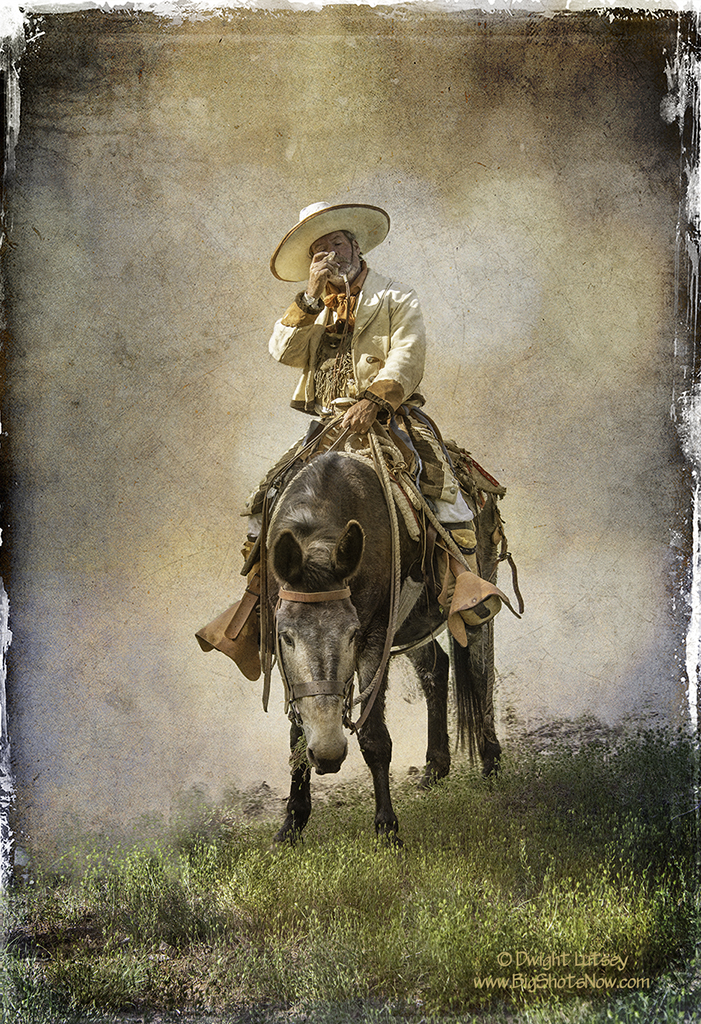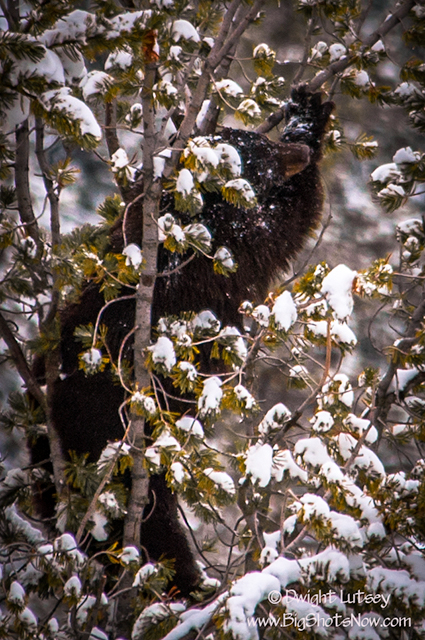
It may be hard for us to fathom now days but back in the 1830’s people smoked. They smoked cigarettes, cigars, pipes, sometimes bark, Indians smoked kinnikinic and they smoked it in anything that could hold tobacco. It wasn’t frowned upon or looked down on, people didn’t come up to a smoker and say “Hey! Put that out don’t you know second hand smoke is a major cause of cancer !?!” The ‘you imbecile’ being understood. In fact doing something that rash just might get you a lit cigar in the eyeball.
With all that smoking going on there were numerous ways to light your tobacco in whatever smoking device you employed. Back East and in certain bawdy houses you had matches made with sulphurous coated heads you struck on your enemies unshaven whiskery face to get them to burst into flame, the match not the enemy, right before the fight started. (See early spaghetti westerns for reference)
As you moved further West you didn’t have matches as they were hard to keep dry, they ran out and they made you look like a sissy if you used them. You could pull a burning twig out of the fire to light up and that worked great. It wasn’t much good when you were on the move however. One of the best uses of technology of the day and the most efficient form of tobacco ignition was the use of a magnifying glass. You just held it up for the sun to shine through it then pointed it at the tobacco and before you could say “Hey! Is that an Indian?” you were smoking. Usually about 2-3″ in diameter the magnifying glass hung in a custom made pouch around the smokers neck for easy use. It wasn’t just for burning ants anymore.
However since this was a form of technology there was a certain amount of science involved in its use. You needed a steady hand to use it. If you were standing on the ground you could lean up against something solid, a building, a rock, a tree, maybe someone steadier than you and aim the glass at your pipe. You could do it freestyle, and some did, but you needed to be sober to do it. Otherwise improper alignment could burn a hole in your fore finger before someone mentioned that you were on fire. Also as you had to carefully look at the point of ignition at the top of your pipe this could make you cross-eyed and dizzy and go all over wonky of a sudden. The results of that happening are too numerous to mention here.
The real trick however was to light your pipe while atop your mule. This is where a well trained mule was not only essential but mandatory if you wanted to light your pipe without dismounting. The mule had to be of a scientific nature to begin with, just any old mule out of the barn wouldn’t do. Many were bred just for their ability to recognize a scientific act in the raw and figure out how it could assist its rider in a way that would be the most beneficial to them both. This was done by the mule for a couple of reasons, one, to learn science and technology to enhance its life and two, to get extra oats as a reward. Mules being quick to learn soon saw the benefit of being the most help it could be. They found the extra oats to be a welcome stimulation to their mind and digestive track. There were some mules that were so smart and got so many rewards in the form of oats and other high calorie grains and legumes that you were seeing mules weighing 31 to 3200 lbs. standing in the corrals. Obviously these mules were then used for breeding purposes and not for normal drayage anymore.
In the image above you see how this system worked. You have a vaquero in desperate need of a smoke, his pipe in his mouth and his hand holding the magnifying glass up and pointed at the exact angle needed at sun, ready to suck in a big lungful of smoke as soon as it ignites. What you may not have taken in however is the work that the mule is doing to facilitate this procedure. Look at the way it has positioned the rider so he is at the correct angle needed for full ignition of the tobacco. See him studying the sun shining on the bright green grass watching for any change in its movement. Should a cloud come up casting a shadow over the rider the mule can move forward keeping the maximum amount of concentrated sun power passing through the magnifying glass. This is a well trained mule. It is also a valuable one as its worth to the smoking vaquero can barely be measured in money. Life was tough for those living during those times but as always is the case there were those that made it easier. Having a well trained mule that was adept at the art of pipe lighting made life better.


You must be logged in to post a comment.